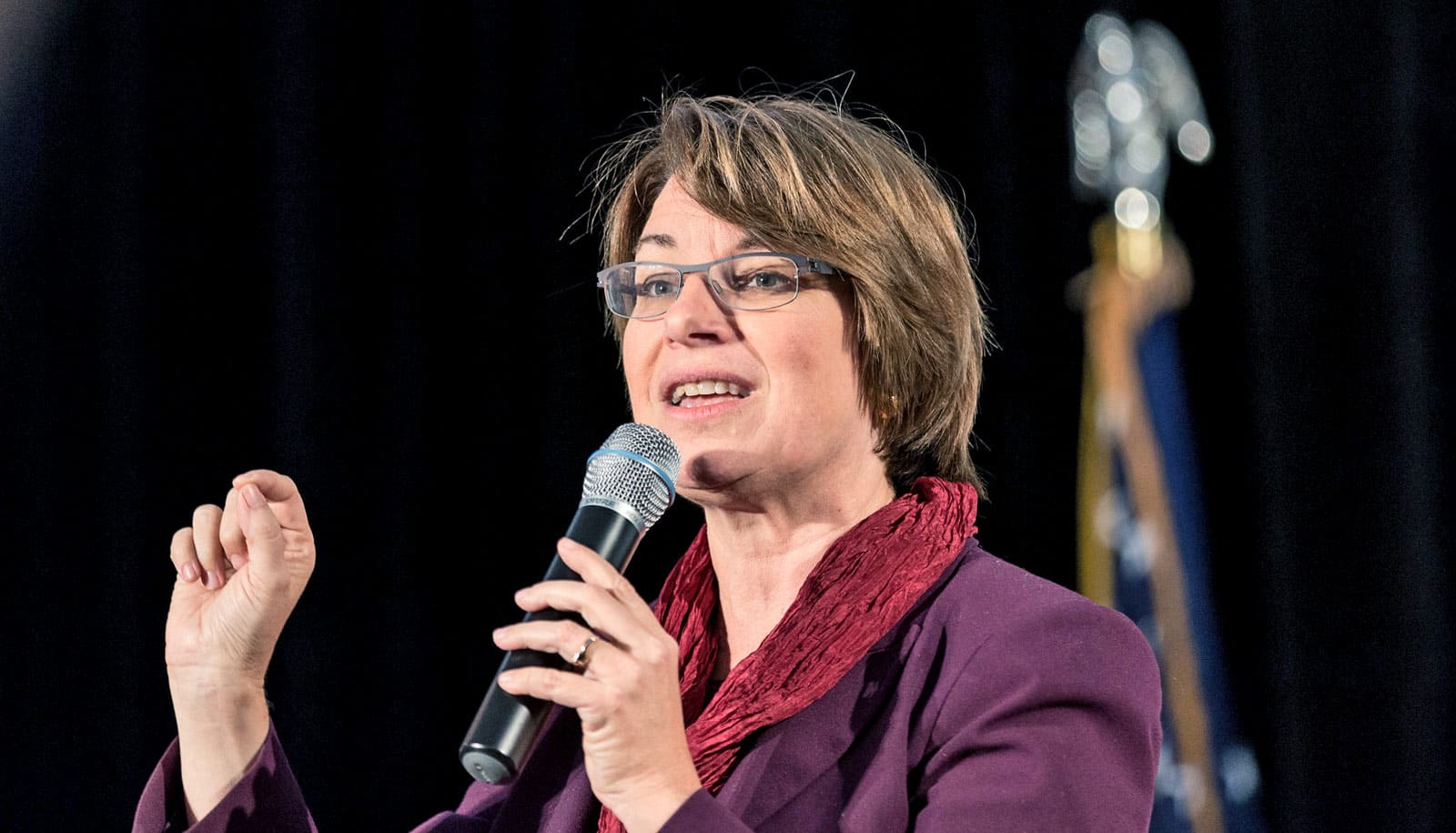A new study identifies the most effective lawmakers in the 115th Congress (2017-18).
Senators Chuck Grassley of Iowa (R) and Amy Klobuchar of Minnesota (D) along with Representative Don Young (R) and Delegate Eleanor Holmes Norton (D) of the District of Columbia take that top billing, according to new research conducted by political scientist Alan Wiseman of Vanderbilt University.
Effectiveness scores are based on 15 metrics that take into account the number of bills a legislator sponsors, how far each of those bills advances through the legislative process from introduction to (possibly) becoming law, and its relative substantive significance.
The legislative effectiveness ranking is an ongoing project of the Center for Effective Lawmaking, which Wiseman co-directs with University of Virginia professor Craig Volden. Full rankings, methodology, and an executive summary are available at thelawmakers.org.
No guarantees
In general, majority-party legislators tend to outperform minority-party legislators in regard to their law-making effectiveness. In the House of Representatives, majority-party legislators were about twice as effective as their minority-party counterparts. In the Senate, which tends to be more egalitarian, that gap shrinks to about one-third.
In addition, committee and subcommittee chairs tend to outperform rank-and-file members, with seniority also contributing to a legislator’s effectiveness. Alaska’s Donald Young (R) is the longest-serving member of the House, and this is his ninth time to appear on the top-10 list.
Notably, lawmaking effectiveness is no guarantee of electoral success. Reps. Steve Knight of California (R) and Barbara Comstock of Virginia (R) both lost their reelection bids, as did Sen. Claire McCaskill of Missouri (D). Others, including Arizona Sen. Jeff Flake (R), retired in part due to pessimistic reelection outlooks.
Democratic women
Earlier research by Volden, Wiseman, and Dana Wittmer Wolfe of Colorado College showed that minority-party women tend to outperform minority-party men in lawmaking effectiveness. This may explain why nearly half of the top-10 Democrats in both the House and Senate are women (despite only comprising a third of that caucus) and why both top-performing Democrats are women.
Among Republican top performers, only one female senator and one female representative appear in the top ten for their respective chambers.
Delegate Norton’s showing is noteworthy because she is a nonvoting member. Her legislative agenda focuses heavily on DC issues and concerns.
Sen. Klobuchar is not only the top-performing Democratic senator, but also the fifth best-performing senator overall, despite her minority-party status. She is the only minority-party senator to break the overall top five since 2002, and is only the second minority-party senator to do so since Sen. John McCain did it in 1994.
Veterans and newcomers
In addition to measuring each legislator’s effectiveness score, Volden and Wiseman also identify legislators whose lawmaking effectiveness “exceeded expectations”—that is, those who outperformed the benchmarks established for their seniority and leadership roles by at least 50 percent. Lawmakers who do so consistently are few and far between—a truly elite cadre.
Among the veterans with the longest streaks of exceeding expectations, Utah Sen. Orrin Hatch and Alaska Rep. Young are the top Republicans in their respective chambers, while California Sen. Dianne Feinstein and Mississippi Rep. Bennie Thompson lead among Democrats.
Among newcomers to the 115th Congress, Louisiana Sen. John Kennedy and Pennsylvania Rep. Brian Fitzpatrick led their respective chambers for Republicans, while Illinois Sen. Tammy Duckworth and Florida Rep. Darren Soto were the top-performing Democrats.
“There is a strong correlation between how effective someone is as a lawmaker in her freshman term, and the scope of her lawmaking success in subsequent congresses,” says Wiseman. “That said, the shift in party control in the US House beginning the 116th Congress may very well influence the momentum of some of these new legislators as they seek to advance their agendas.”
Source: Vanderbilt University


